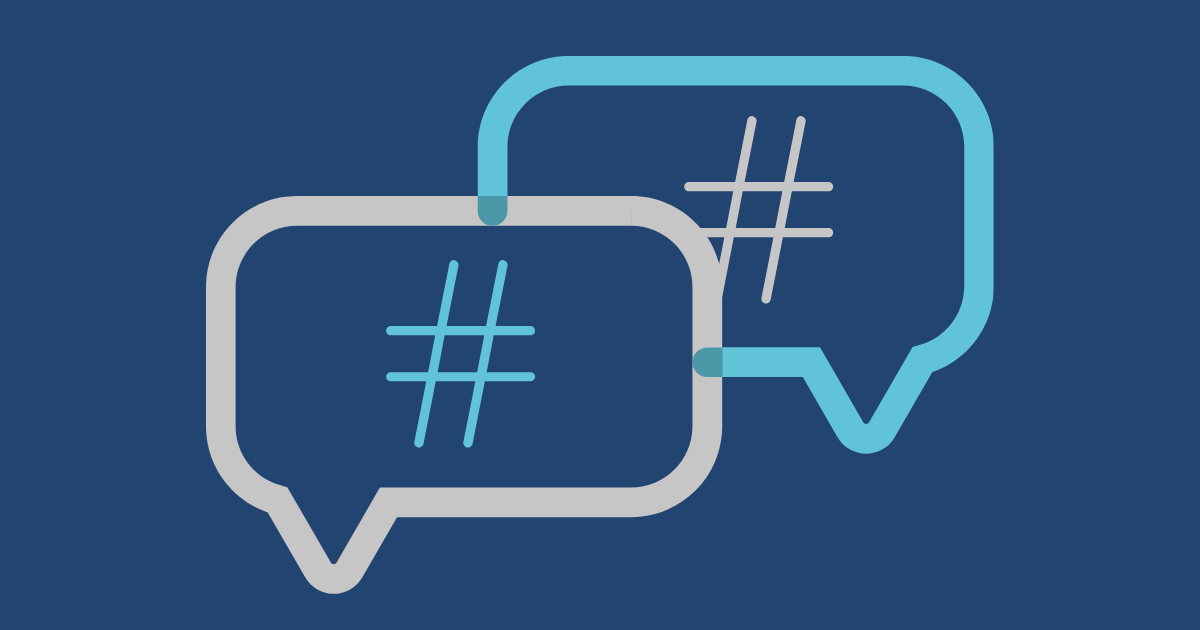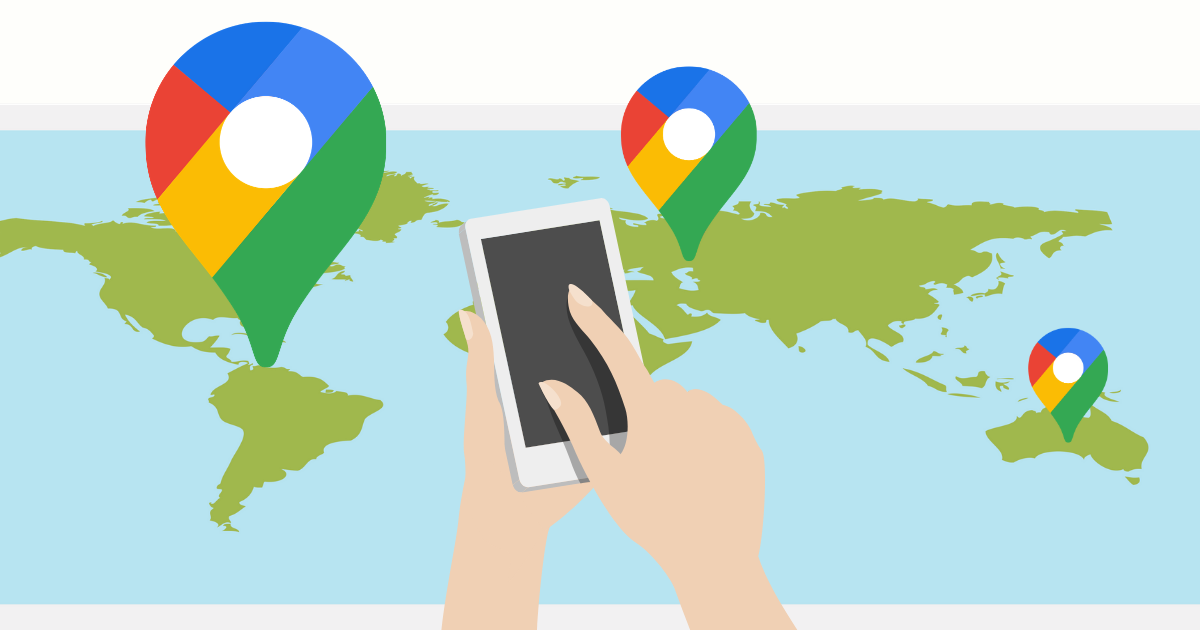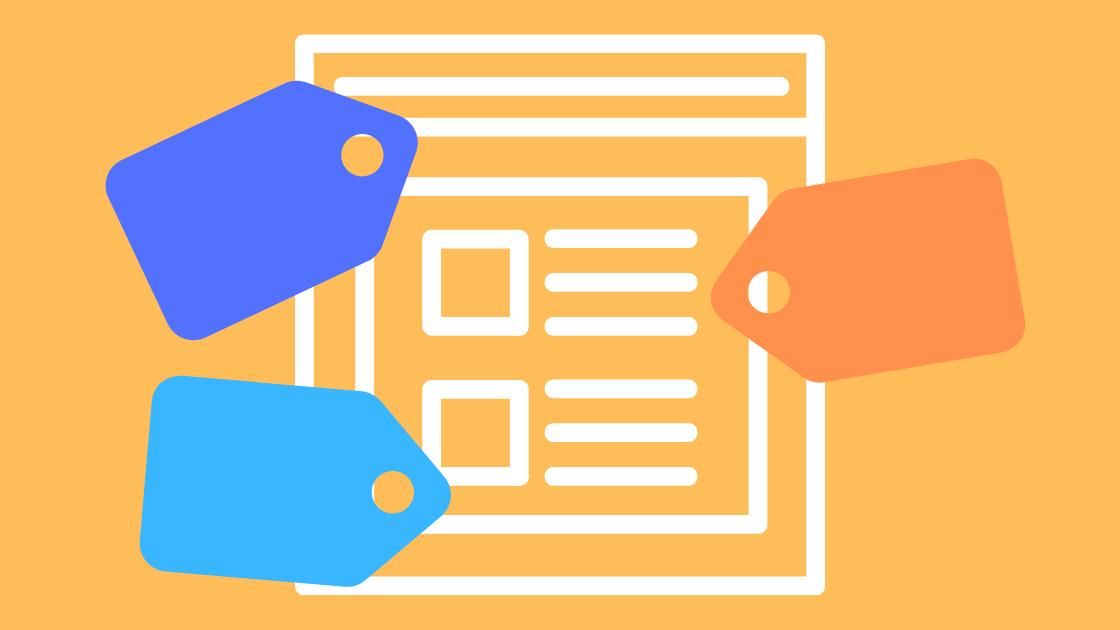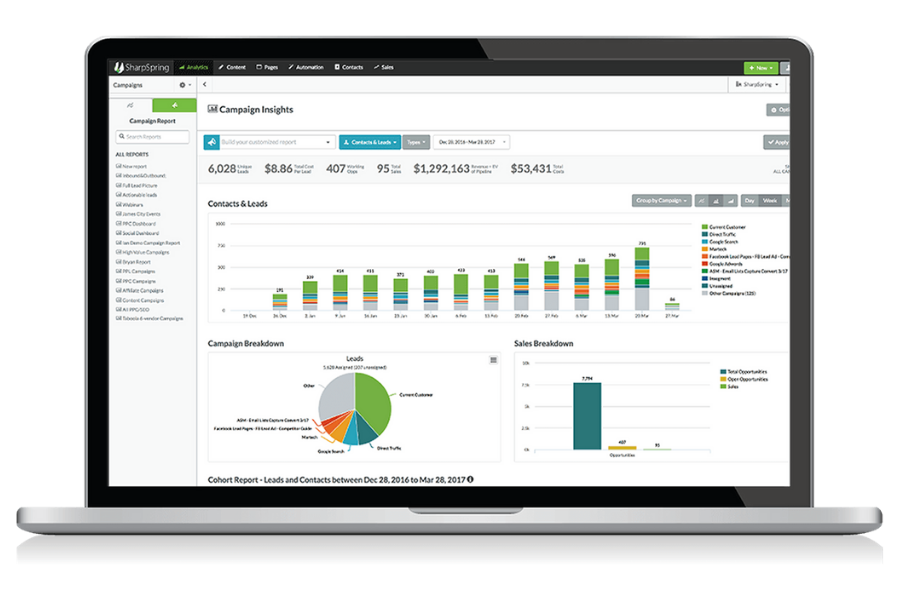Oh #hashtags, the powerful anomalies of social media marketing.
- How many hashtags should I use?
- How do I choose which hashtags to include?
- Are hashtags really helping my social posts?
There are so many questions surrounding the ‘proper’ use of hashtags that it can be difficult to understand and implement them into your social media marketing strategy. Yet, they should not be ignored, instead, hashtags should be fully embraced.
Why are #hashtags important?
In short, hashtags are used for categorization and discovery.
Hashtags are social media’s way of grouping similar topics so users can quickly conduct a search and be provided with relevant results. When hashtags are used the platform will index that post and present it to those who are searching for that topic.
For example, if you use the hashtag #bananabread you will see a curated scroll of posts that use that hashtag, and more often than not, it will include recipes, photos, or content related to banana bread.
Of course, depending on the platform, #bananabread will not be as applicable. For example, on Instagram when you search that hashtag you are greeted with thousands of delicious images of banana bread. In comparison, on LinkedIn, the hashtag banana bread is not relevant to the platform’s objective as a professional networking site, therefore it will do little for categorization and discovery. Although hashtags such as #businessdevelopment or #technology will perform significantly better on LinkedIn.
It is important to understand the platform you are using when defining your social media strategy, and subsequently your hashtags.
Hashtags are an effective tool for expanding your brand awareness because it puts your posts in front of users that do not follow or know your business. Social media is a platform not just for socializing between friends and family but it is an expanding part of growing a business. And hashtags are an important part of using social media for business marketing.
Below is a breakdown of five ways to strategically integrate hashtags into your social media posts.
Note: If your account is private, users that are not your friends/followers will be unable to see your posts even if it has the searched hashtag.
5 ways to integrate #hashtags into your social media strategy
1. Create a unique branded hashtag
The first step to developing your use of hashtags is to create a branded hashtag that is unique to your business. Before selecting a hashtag, you will want to conduct a search to ensure your branded hashtag is not popularly used by another business or for a different purpose.
This means that the branded hashtag could be the name of your business if it is not a common or popular word/phrase, otherwise businesses use a unique and relevant phrase to create their branded hashtag. For example, REI’s branded hashtag is #OptOutside.
A branded hashtag builds awareness around your brand by showcasing not only the posts you share with your brand hashtag but also user-generated content. It is a way to build a foundation of interaction while elevating social recognition around your brand.
2. Use hashtags for marketing campaigns
When running a marketing campaign, such as launching a new product/service, hosting an event, or offering a contest, you can create a campaign-specific hashtag. This provides an opportunity for your audience to engage with the campaign on social media and therefore expand the campaigns reach.
For example, in order to collect and view a contest on a platform, the contest-specific hashtag will allow users to understand the intent and bring it back to your business.
Some recognizable campaign hashtags include:
- #ShareACoke by Coca-Cola
- #WorthSaying and #ShareHerJourney by L’Oréal Paris
- #MyCalvins by Calvin Klein
3. Incorporate trending hashtags
Social media is all about those trends- whether they last one day, one week, or even a month. Trends on social media are an ongoing and lively social media practice. Trending hashtags can focus on seemingly anything from breaking news to funny videos, so it is critical to remain up to date on when they arise and if they are applicable to your brand.
It is also important to understand why this hashtag is trending, so before you incorporate it you need to know if it aligns with your business goals, missions, and values.
4. Include content-specific hashtags
Similar to searching for questions in Google in the format of keywords, hashtags offer a similar search method on social media platforms. That is why it is important to include well-performing hashtags within your posts that relate to the content being addressed.
For example, if you are posting a homemade recipe for banana bread muffins, you could use the hashtag #bananabread, or even more niche #bananabreadmuffins, in order to reach the audience potentially searching for those recipes.
Content-specific hashtags allow your business to join the conversation around a topic that you are addressing, which is often associated with your expertise, services, or products, and ultimately gain brand exposure.
5. Reach local audiences
Using hashtags at the local level is especially relevant to small businesses. As mentioned, since hashtags are used as a categorization and discovery tool, using location-based hashtags that are significant to your business allows local audiences to find your business.
For example, if your business is a restaurant in Minneapolis, you could use the hashtags #minneapolisrestaurants or #minneapolisfood to reach those in the area using social media to discover new restaurants.
#Hashtags for social-specific platforms
Below is a glimpse of how hashtags can be used for the different social media platforms, including Twitter, Instagram, Facebook, and LinkedIn.
Recommended number of hashtags per post: 1-2
To search for hashtags on Twitter you can enter them into the search bar to view what content is being posted with those hashtags before incorporating them into your post. Additionally, Twitter offers trending hashtag suggestions so you can easily know what type of content is currently trending and the option to get involved in the conversation.
Recommended number of hashtags per post: 5-10
When you search for a hashtag on Instagram you can view how many posts are associated with that hashtag as well as other similar hashtag options. It is important to pick hashtags that indicate a large search volume but not too large as it will have a significantly larger competition.
Recommended number of hashtags per post: 1-2
Compared to the other social media platforms, Facebook does not rely or publicize hashtags to the same degree. While they do offer value for discovery and emphasizing content, they should be used sparingly.
Recommended number of hashtags per post: 1-2
LinkedIn will indicate a hashtag’s volume once you search it on the platform. LinkedIn also provides suggested hashtags while drafting your social posts for top related hashtags.
Hashtags are a powerful tool to support and grow your social media strategy because they are a way to increase brand awareness and engagement, ultimately contributing to sales.
